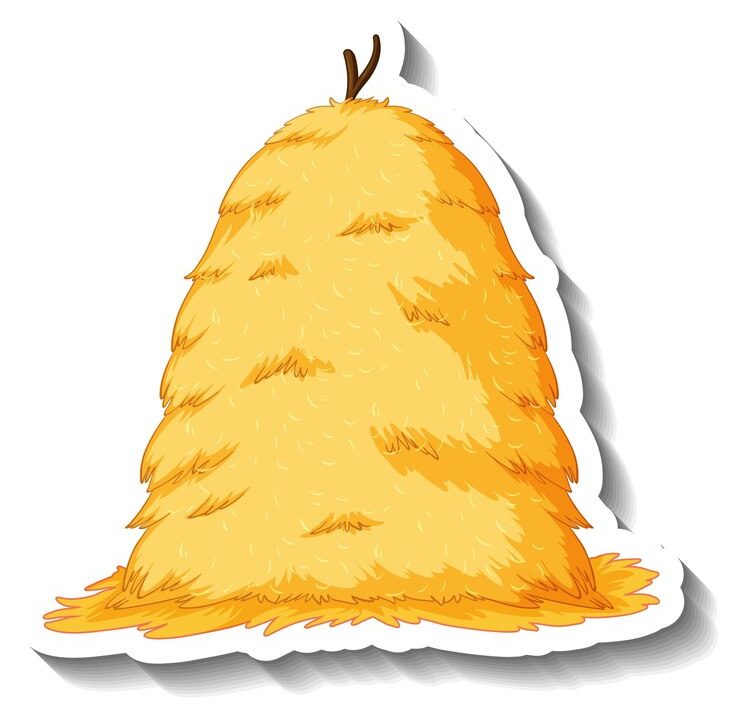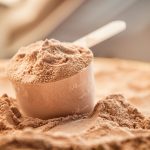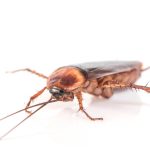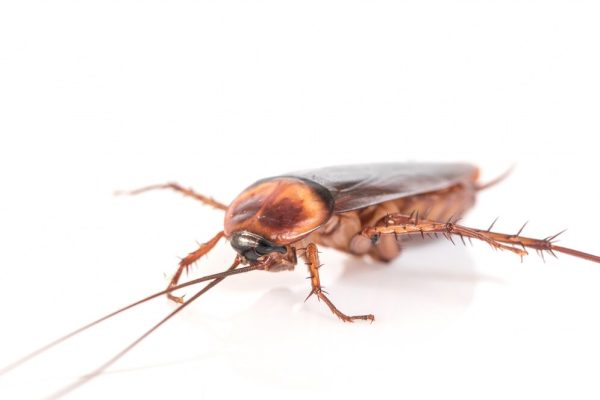Hay bales need to be properly stored and handled to prevent rot and mold. They should also be tested regularly.
Bales that are correctly harvested and packed at the right moisture level and then sealed to guarantee oxygen removal have a much higher quality than hay that is dry and stored on the ground.
Table of Contents
Nutrients
Hay is a primary source of protein, energy, and other nutrients for ruminant herbivores. Getting an accurate nutrient analysis of your hay is an extremely important step to ensuring the quality and value of your feed.
A hay analysis lists the contents of your hay in terms of percentages or parts per million (MPM). It is a great way to compare two different hay lots and determine which would be the most nutritious. The hay analysis should also tell you how much digestible energy is in the hay (DE). This can be used to calculate the number of calories that are available for your animal.
Another useful item in hay analysis is the mineral content. This can include both macrominerals and microminerals. Both are crucial for proper livestock health and performance. The amount of mineral content in a bale depends on the soil fertility and crop management.
Having an accurate hay analysis can help you make informed decisions on feeding programs for your livestock and minimize feed waste. Feed waste is typically a significant expense for cattle producers. Using a round bale feeder that allows for only 8-12 hours of access per day can reduce waste by 10% or less.
The odor and texture of hay are also important factors in its quality. The odor should have a sweet, fresh scent, and the hay should be soft to the touch. High-quality hay usually has a few coarse stems and seed heads and will be a rich green color.
Leaving legumes in the field too long during drying can overdye them, resulting in poor quality hay. This is particularly true for alfalfa. Keeping a close eye on the maturation of legumes and grass hay can prevent this from occurring.
Testing hay for quality is not an expensive or difficult chore. Many county extension offices have a hay probe that can be borrowed. If you do not have a probe, a good core sample from the center of a bale should be sufficient to send to a lab for analysis. You should take a core from several different bales of the same lot to ensure a representative sample.
Fiber
The amount of fiber in a bale plays an important role in the digestive health of livestock. Fiber is composed of the structural carbohydrates, cellulose, and hemicellulose found in plants. These are a vital part of a cow’s diet, helping them digest the protein and other nutrients in the hay. Fiber is also known to improve animal health by reducing the likelihood of colic and constipation.
As a producer, evaluating your hay’s nutritional value is critical. This can be done by testing the hay for its protein content and energy. A nutrient analysis will give you information about these properties, as well as any potential contaminants that might be present in your hay. The results will help you determine whether or not your hay is healthy and safe for livestock to consume.
One of producers’ biggest challenges is ensuring that their hay has proper moisture levels before it’s sold and fed. Hay that is not properly dried before it’s packaged can suffer from significant weathering, resulting in loss of palatability and nutrient density. Using the right packaging methods can help minimize these losses. For example, a round bale of hay will lose 1/6 to 1/3 of its surface area due to its circular shape, meaning that the majority of the hay is exposed to the elements. This can cause substantial deterioration of nutrient content and palatability, increasing the cost of your hay.
In order to prevent this, farmers must ensure that their hay is harvested at the right stage of maturity and that the weather cooperates during harvesting, packing, transporting, and storing. In addition, the right fertilization and lime practices will directly affect a forage’s nutritional value.
During the packing process, it is crucial to maximize density, as this will guarantee optimal fermentation and increase the quality of the forage. The right temperature is also essential, as higher temperatures can damage the proteins in forage and decrease their nutritional value.
Choosing the right size of bales for your farm’s needs is also important. For example, a lactating dairy cow will require significantly more hay than the average beef cattle herd. Similarly, larger animals will eat more than smaller animals, and you’ll want to buy accordingly.
Moisture
The food a farmer feeds his livestock directly impacts the health and welfare of his animals. For this reason, farmers are always looking for ways to provide their livestock with high-quality hay and other forage crops. One popular option is silage, a preserved pasture that is often used as a backup for when grazing isn’t possible. However, how a farmer stores his hay can also have an impact on the quality of his product.
Moisture in hay bales is a major factor that impacts quality. Bales that are too wet at harvest can heat up and even combust during storage. This is especially true in humid climates where high moisture content can occur more frequently. In addition to excessive moisture, other factors that can cause hay to spoil include improper baling, prematurely drying in the field and exposing hay to adverse weather conditions post-baling.
To help reduce the risk of spoiling, it is best to store hay bales indoors in a well-ventilated area. This will prevent moisture absorption and promote a fresher, more nutritious product. However, if storing outside is unavoidable, using a high-quality bale wrap such as plastic or net-wrap is important.
Additionally, monitoring bales for moisture and temperature during and after harvest is critical. Bales with excessive moisture are susceptible to mold growth, which can be toxic to livestock. For this reason, it is recommended to only purchase hay from a trusted source with strict quality assurance programs to ensure the highest-quality hay.
Other factors that can affect the quality of a hay bale include texture and color. High-quality hay should have a rich, deep green color and a pleasant smell. In contrast, hay with a bleached appearance and musty odors may indicate that it is low-quality.
Additionally, the texture of hay varies naturally between different varieties. For example, Oxbow hay products range in texture from soft and sweet to coarse and crunchy. This is due to differences in the natural maturity of each variety. Softer, younger hay has more nutritional value than mature hay.
Density
One of the most important considerations in determining the quality and usefulness of baleage is its density. Bales of greater density have a higher feed value, a longer storage life, and can be more easily transported and handled. The hay’s quality is also improved since it will contain less air and dust.
The density of a bale is determined by its packing method, the type of forage, and the amount of moisture. The density of the hay is also influenced by the stage of growth when the crop is harvested. Young vegetative forage is high in protein and energy and has a lower stem content than matured plants. Harvesting a crop at the right time is essential to maximize its nutrient content. Delaying a harvest tends to increase yield but decreases nutrient value because its protein content, palatability, and leaf-to-stem ratio decline as the plant matures.
Bale size is also critical to hay analysis. The larger the bale, the less dense it will be, and a large bale can have up to a four-inch layer of weathered hay on the outside. This can reduce hay’s calorie and nutrient content by up to 50%.
Getting the best out of your hay requires a good understanding of how to read a hay test report. The reports are full of abbreviations, numbers, and percentages that can make them difficult to interpret. For example, a typical TDN (total digestible nutrients) or CP (crude protein) value for dry cows in early lactation is around 55% and 12.5%, respectively. However, the number will vary depending on herd size and calving dates. An accurate hay analysis will help you determine the best rations for your herd and determine if supplemental feed is required. The results will also indicate the amount of hay your herd is consuming and if it is at its ideal weight. This information allows you to calculate a feeding schedule to ensure that your herd is getting enough to maintain its body condition score.











